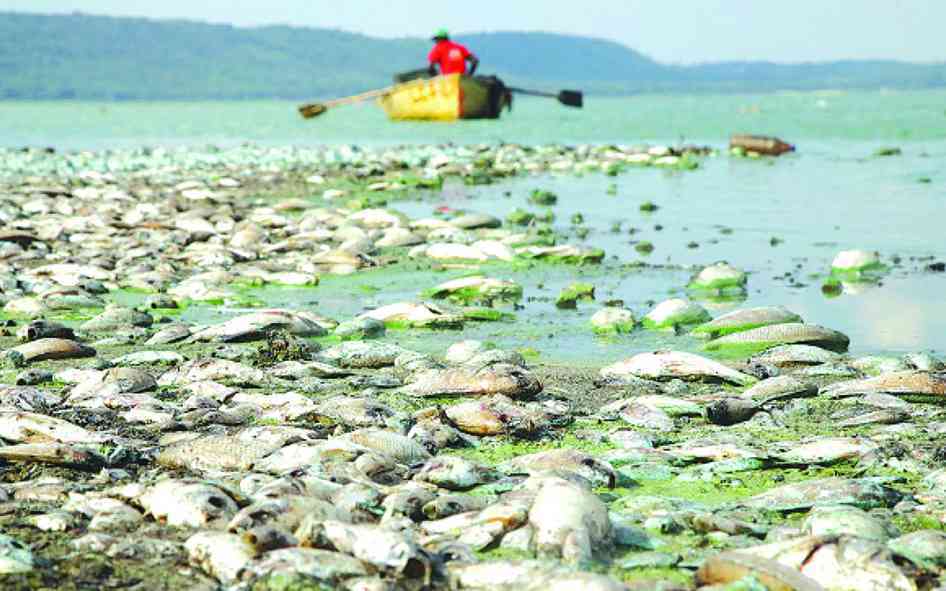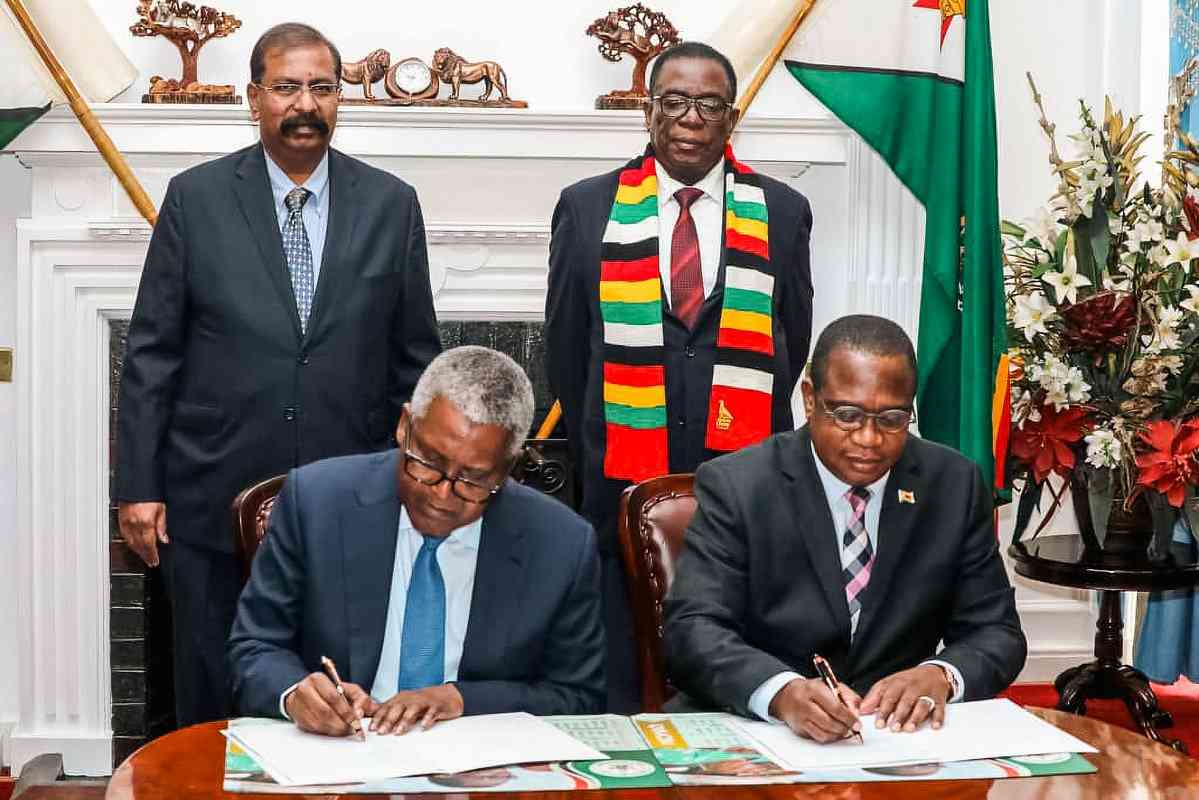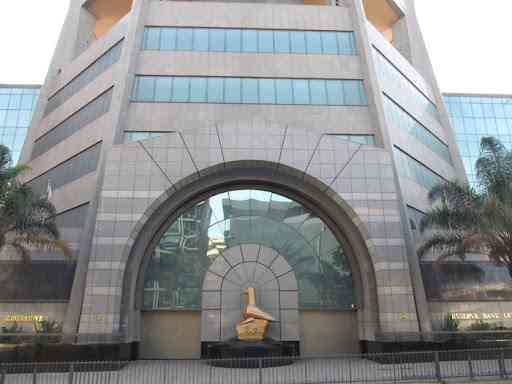
THE Environmental Management Agency (Ema) has taken the Harare City Council (HCC) to the High Court, seeking an order compelling the municipality to fix its “deplorable water reticulation system” amid ongoing discharge of raw sewage into Lake Chivero, the capital’s main water source.
The legal action comes as environmental and residents’ groups intensify pressure on authorities to act, with some now petitioning President Emmerson Mnangagwa to declare the pollution crisis a national disaster.
They warn that continued contamination poses severe ecological and public health risks.
Ema spokesperson Amkela Sidange confirmed that the agency has repeatedly penalised the local authority for failing to stop sewage leaks, issuing nine tickets and environmental protection orders since 2021. The latest was served on October 3, 2025.
“Since 2021, a total of nine tickets and environmental protection orders have been issued to the Harare City Council for the continued discharge of raw sewage into Lake Chivero,” Sidange said.
“Over and above all, the agency filed a High Court application that was received on the 3rd of June 2025. The Court application was for Harare City Council to rectify the deplorable water reticulation system.
“The latest order directed the local authority to urgently repair sewer bursts in Kambuzuma, Budiriro, Glen View and Rugare, and to replace damaged stream crossing pipes in Amalinda, near Chiremba (road),” she added.
Despite these interventions, the council has continued pumping millions of litres of untreated sewage into Lake Chivero, including an estimated 80 million litres daily through the dilapidated Amalinda pipeline alone. Sidange warned that the pollution has caused long-term damage to the lake’s ecosystem.
- Veld fire management strategies for 2022
- Stop harassing media for reporting truth
- Veld fire management strategies for 2022
- News in depth: Mnangagwa’s push for $12 billion mining industry imperils communities
Keep Reading
“The pollution of Lake Chivero has had serious ecological and environmental consequences over the years,” she said.
“This has resulted in algae blooms that deplete oxygen levels in the water, making it difficult for aquatic organisms to survive.
“The pollution has the potential to result in the decline of fish species, significantly due to oxygen depletion, habitat loss and high toxin concentrations,” Sidange said.
The crisis has also spilled into the courts. Kuimba Shiri Bird Sanctuary owner Gary Stafford, together with the Zimbabwe Wildlife Africa Trust, has filed a separate lawsuit, seeking US$86 000 in damages from the council for losses linked to the contamination.
The application also seeks an order barring the municipality from “discharging effluent or any poisonous or toxic substances” into Lake Chivero.
The ecological toll continues to mount. Last year, the Zimbabwe Parks and Wildlife Management Authority confirmed the deaths of four rhinos, three zebras, four wildebeest and four fish eagles, all attributed to pollution-related causes.
Earlier this year, laboratory tests commissioned by the Independent revealed that Harare’s tap water was unsafe for human consumption. The findings echoed a 2019 study by the Harare City Council and South African firm Nanotechnology, which found that Lake Chivero’s water contained dangerous toxin levels. As the crisis deepens, the Combined Harare Residents Association (CHRA) has launched an online petition, urging the President to declare the situation a state of national disaster, enabling mobilisation of national resources to contain the pollution.
Harare Mayor Jacob Mafume had not responded to questions by the time of publication.











